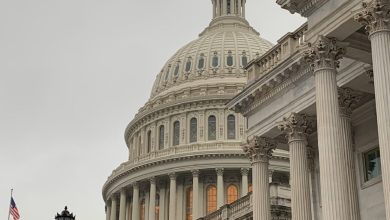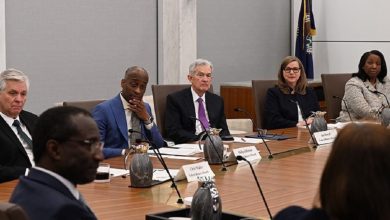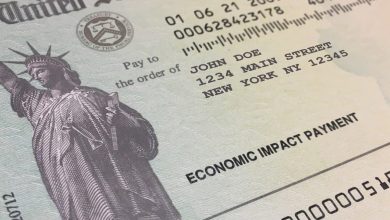Economic Landscape of California’s Muslim Community in 2025
Exploring Income Trends, Employment Patterns, and Socioeconomic Challenges
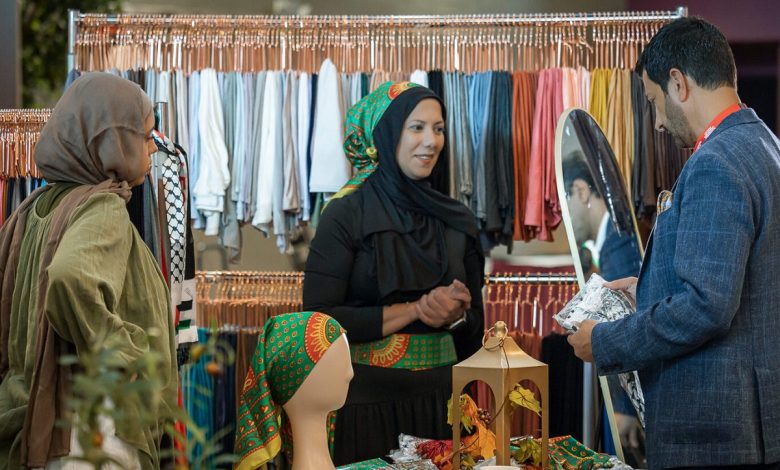
As of 2025, California is home to approximately 504,056 Muslims, making it the state with the second-largest Muslim population in the United States, following New York . This diverse community contributes significantly to the state’s cultural and economic fabric. Understanding the economic status of Muslims in California is crucial for policymakers, community leaders, and researchers aiming to address disparities and promote inclusive growth.
Income Levels and Employment Patterns
Data from the Bay Area Muslim Study indicates that the median household income for Muslims in the Bay Area is approximately $70,686, which is slightly below the regional median of $77,879 . This suggests that while many Muslims in California achieve middle-income status, a significant portion still faces economic challenges.
Nationally, the income distribution among Muslims shows a diverse economic landscape. While 22% of Muslims earn $100,000 or more annually, 33% have household incomes below $30,000 . This disparity highlights the varied economic experiences within the Muslim community, influenced by factors such as immigration status, education, and employment opportunities.
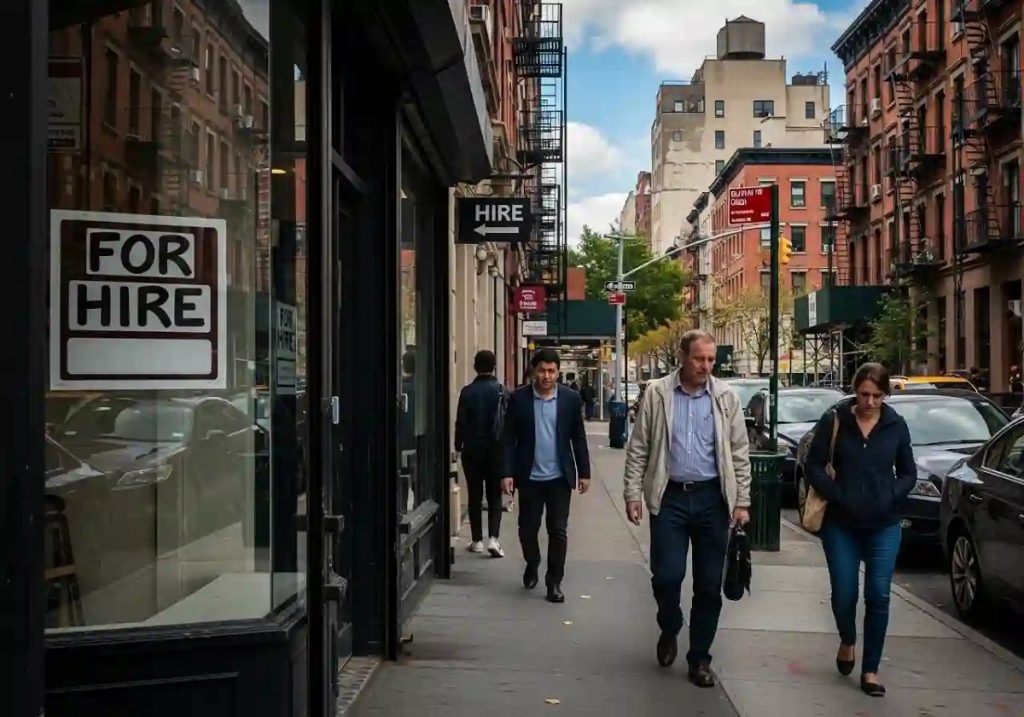
Educational Attainment and Employment Sectors
Education plays a pivotal role in shaping the economic outcomes of individuals. Among Muslims in California, higher education levels are prevalent, with many holding degrees in fields such as engineering, healthcare, and business. However, challenges persist in translating educational qualifications into commensurate employment opportunities. Factors like non-recognition of foreign degrees, language barriers, and limited professional networks can impede career advancement.
Employment patterns within the Muslim community are diverse. Many are employed in sectors like technology, healthcare, education, and public service. Additionally, a significant number are entrepreneurs, operating businesses that cater to both Muslim and broader communities. However, underemployment remains a concern, with some individuals working in positions that do not fully utilize their skills and qualifications.
Challenges and Socioeconomic Disparities
Despite the community’s contributions, Muslims in California face several socioeconomic challenges. Discrimination in the workplace, underrepresentation in leadership roles, and biases in hiring practices can hinder economic mobility. Moreover, the high cost of living in areas like the Bay Area exacerbates financial pressures, making it difficult for many Muslim families to achieve economic stability.
A report by the San Francisco Chronicle highlights significant income inequality among Asian Americans in the Bay Area, noting that the top 10% earn nearly 12 times more than the bottom 10% . This disparity is also evident within the Muslim community, where ethnic and immigration backgrounds contribute to varying economic outcomes.
Policy Implications and Community Initiatives
Addressing the economic challenges faced by Muslims in California requires targeted policies and community-driven initiatives. Efforts to recognize foreign credentials, provide language and job readiness training, and promote diversity in hiring can help bridge the economic gap. Additionally, fostering entrepreneurship through access to capital and mentorship can empower Muslims to create sustainable economic opportunities.
Community organizations play a crucial role in supporting economic development. For instance, the Muslim Community Association in Santa Clara offers programs aimed at youth development, financial literacy, and business incubation. Such initiatives not only enhance economic outcomes but also strengthen community cohesion.

Conclusion
The economic landscape of California’s Muslim community in 2025 is characterized by a blend of achievements and challenges. While many Muslims have attained middle-income status, disparities persist, influenced by factors such as education, employment, and systemic barriers. By implementing inclusive policies and supporting community-led initiatives, California can ensure that its Muslim residents contribute to and benefit from the state’s economic prosperity.
